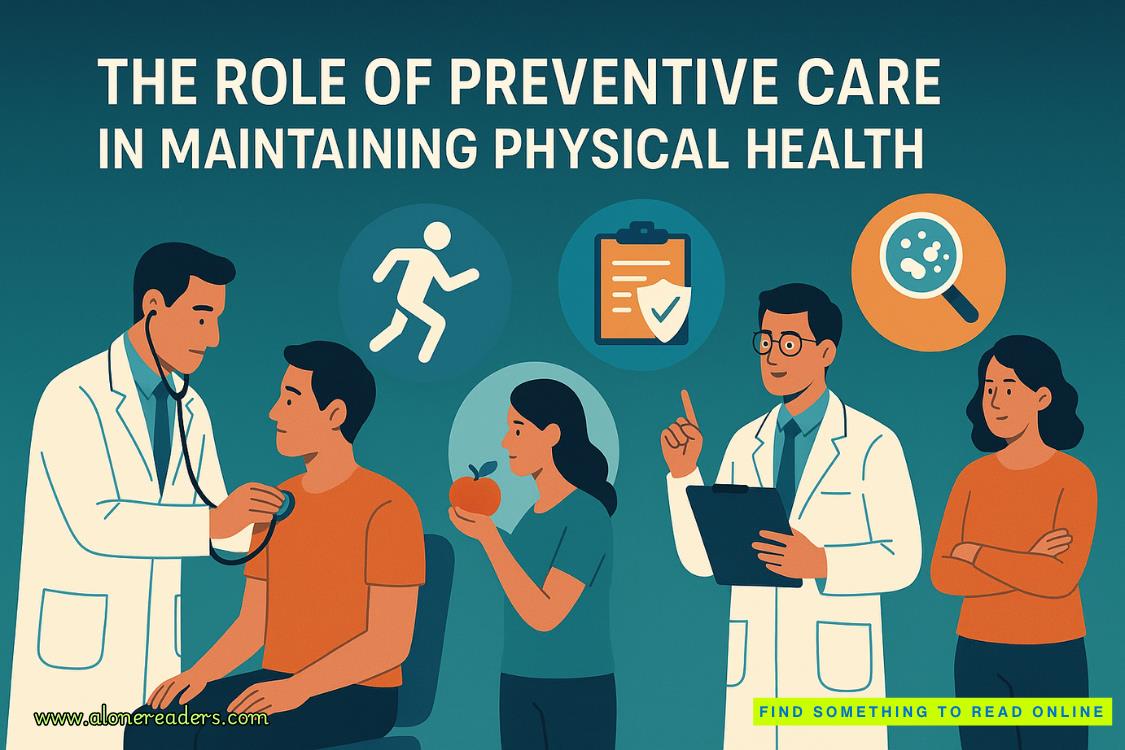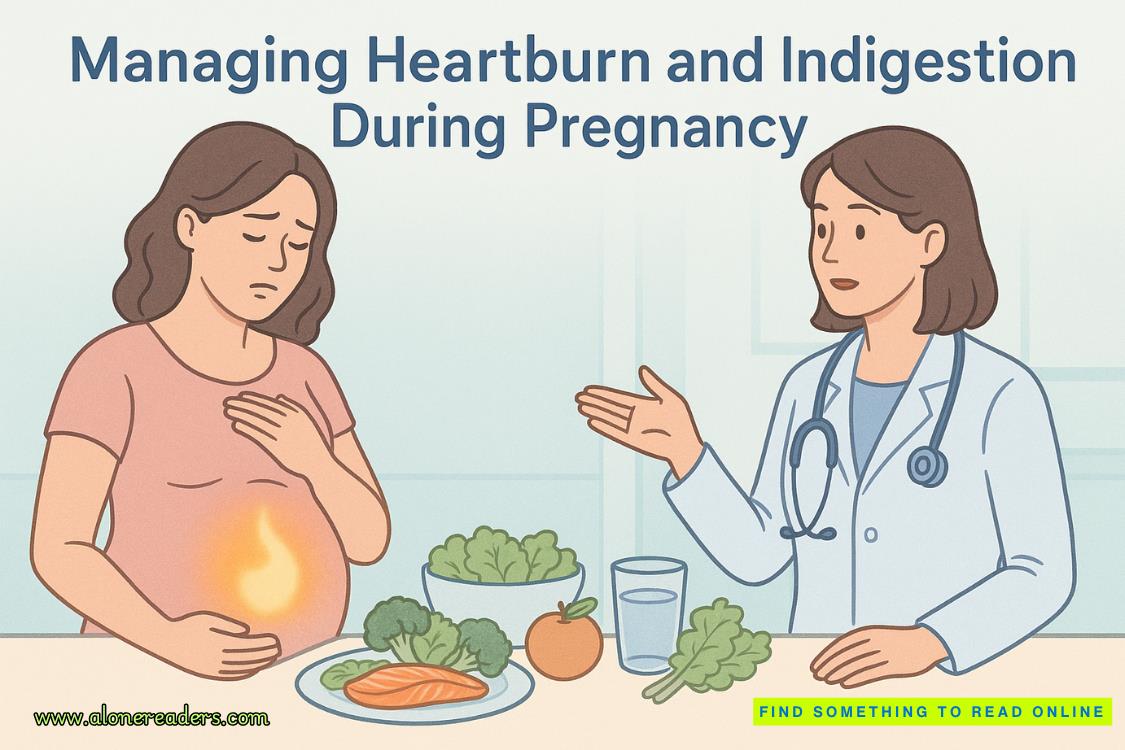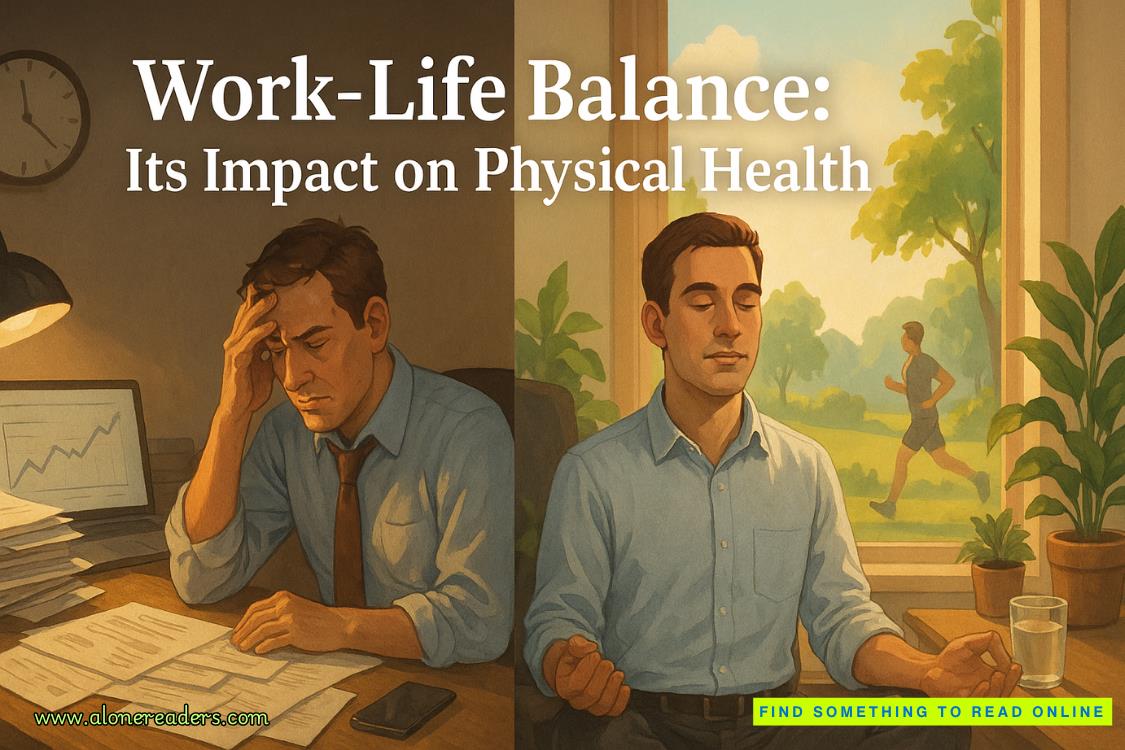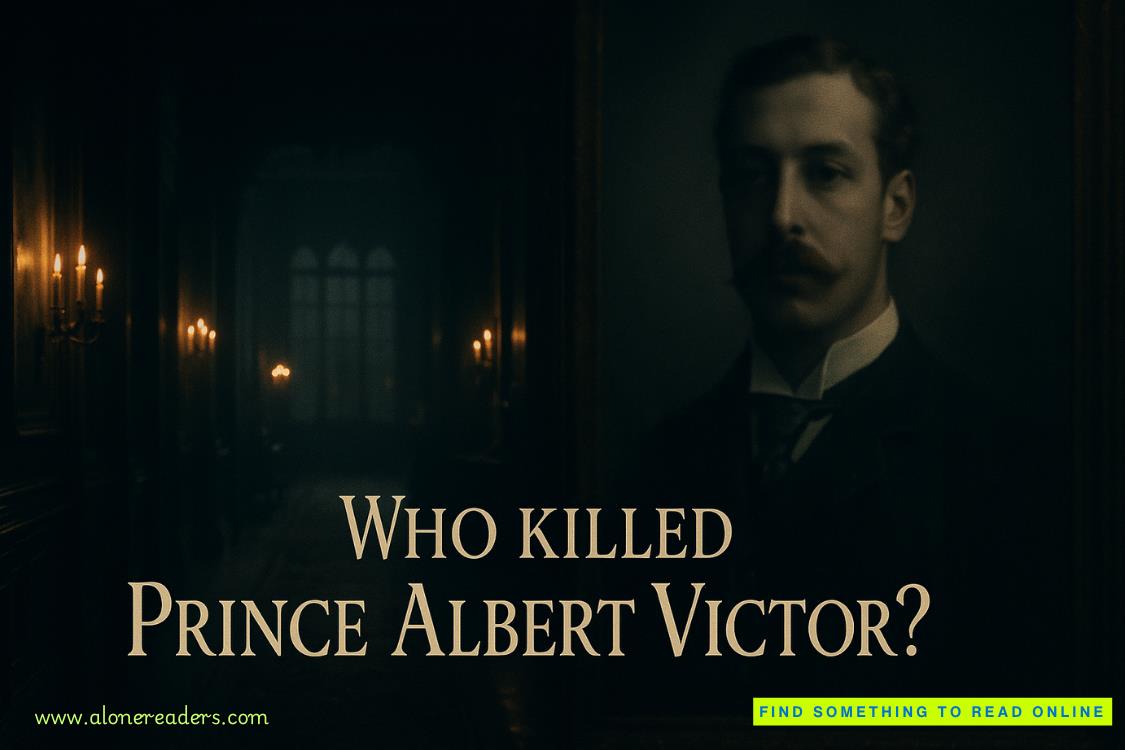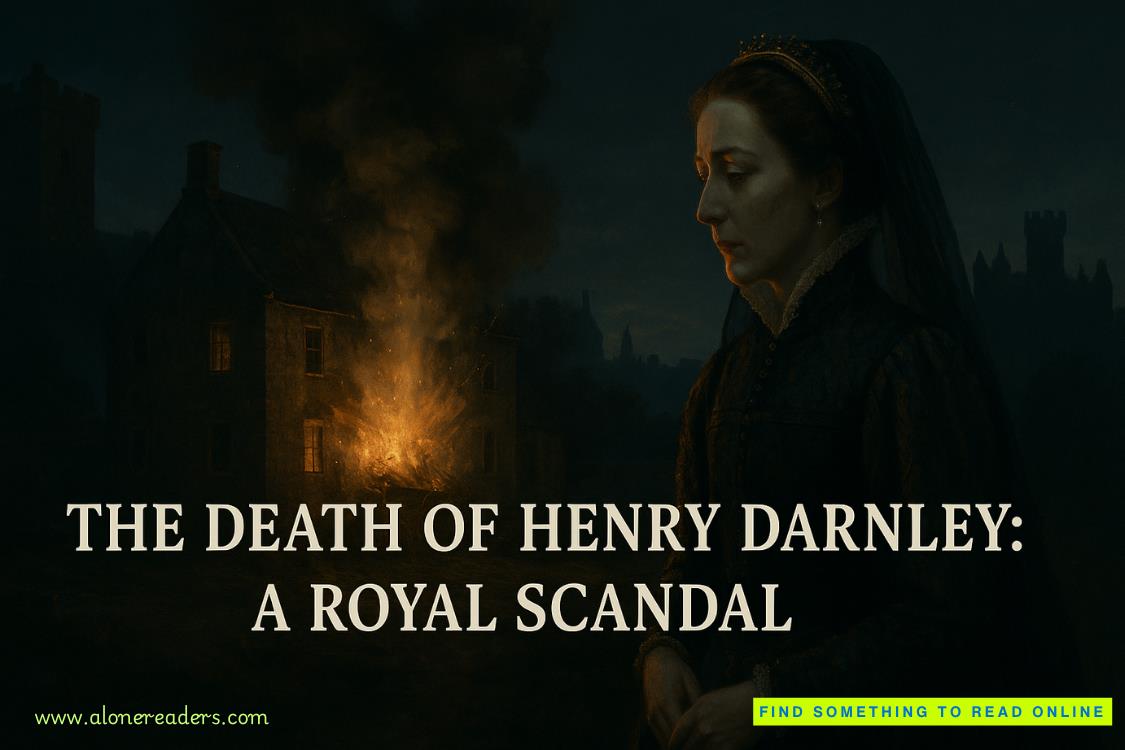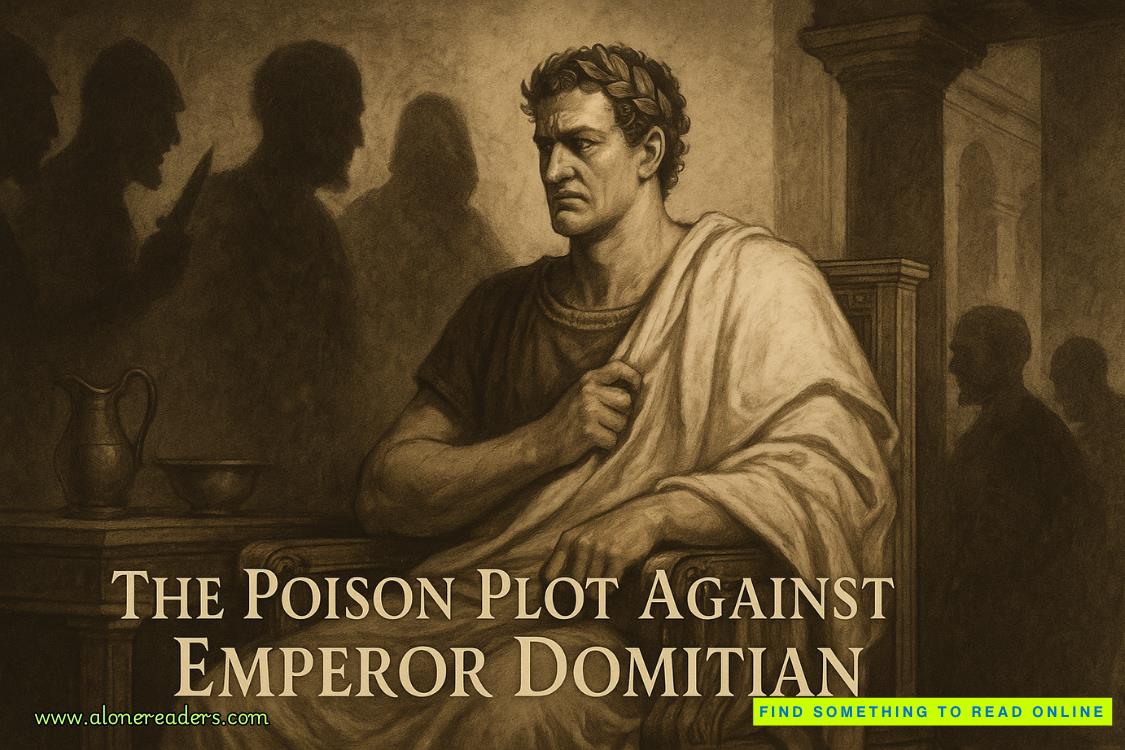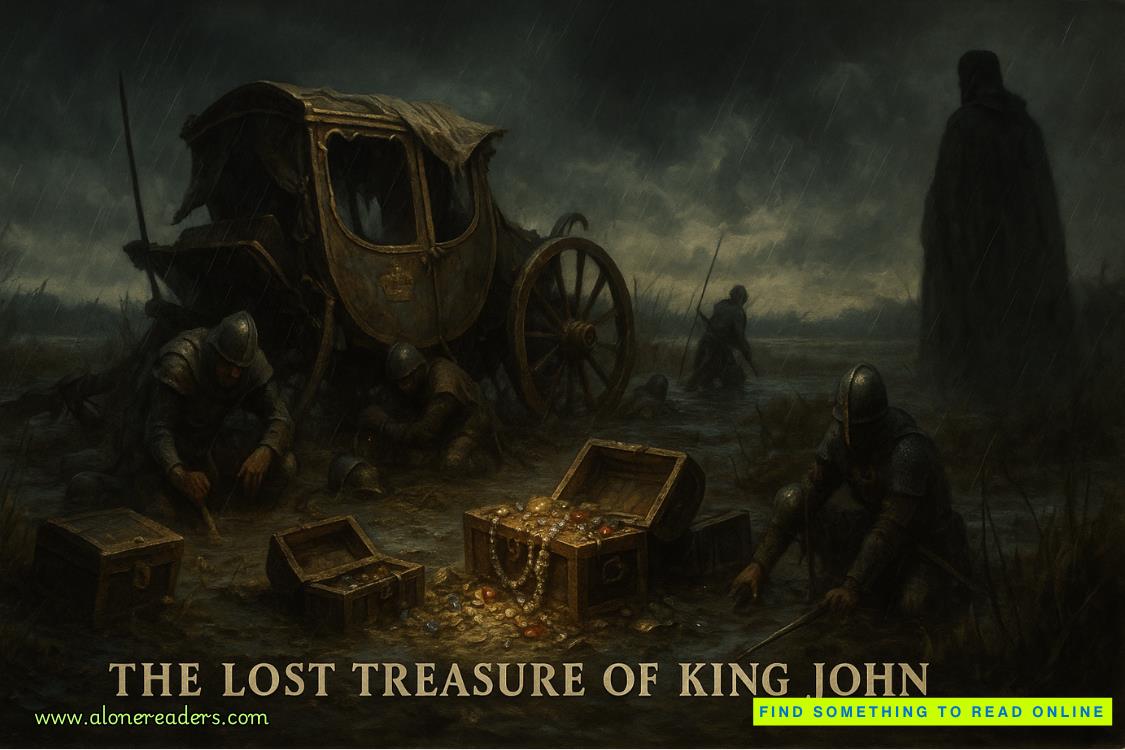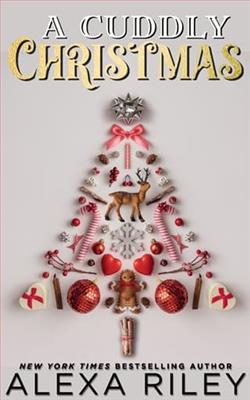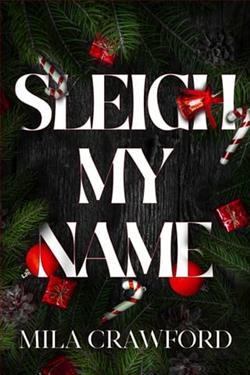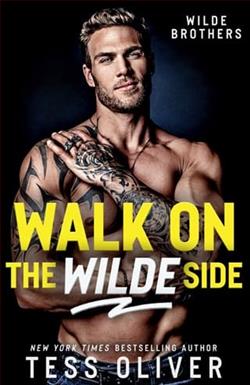Page 14 of Dirty Liars
“Fortunately, he loves his work and that keeps him occupied,” I said.
“I don’t know how you do it,” Lily said. “I do not like the funeral home side of death. When it’s my turn just burn me to ash and put me in a cool container on the shelf—maybe an hourglass or an ant farm. Working a homicide or suspicious death gives me a lot more satisfaction than filling people up with formaldehyde and sticking them in the ground. I don’t know how you switch back and forth between the pure science and dealing with living people’s emotions.”
“It’s not so difficult,” I said. “That’s the part the science gets wrong. We need to have compassion, whether we’re working on the homicide of a nineteen-year-old bride or whether we’re burying a hundred-year-old who died peacefully in his sleep. The compassion is what drives us closer to justice. Death is loss, no matter if it’s by man’s hand or God’s hand. And there are always people left behind who suffer because of it. The least we can do is be a safe space where they can grieve.”
Lily hmmmed, but didn’t say anything and I knew she was thinking over what I’d said. We made another pass through the kitchen, and I kept my eyes averted so I wasn’t tempted by the coffee maker.
“No coffee?” Lily asked, making a detour toward the fridge to grab one of the diet sodas she lived on.
“I’ve got water in the fridge downstairs,” I said.
“You’re being weird today,” she said, eyeing me suspiciously as I typed in the code for the lab door.
“I have no idea what you’re talking about,” I lied.
The door whooshed as the pressure seal was released, the metallic sound echoing in the concrete stairwell. We stepped onto the landing, and a rush of cold air hit us like a physical wall. It was like stepping into an icebox—an intentional design to slow decomposition and preserve evidence. The sharp smell of antiseptic assaulted my nostrils. The fluorescent lights flicked on automatically, casting everything in a harsh, unforgiving glow.
“I want to do Chloe first,” I said, my shoes clicking a steady rhythm on the metal stairs as I made my way down into the cavernous lab. The sound bounced off the tiled walls, emphasizing the emptiness of the space. “Derby found her background check lacking.”
“Lacking?” Lily asked, heading to the walk-in refrigeration unit. Her breath formed small clouds in the chill air. “In what way?”
“As in she didn’t really have one,” I said, watching as Lily’s gloved hands grasped the handle of the large stainless-steel door. “Jack sent me a copy of her file. She’s supposedly a nineteen-year-old kid. No medical or tax records. Got her first job last year. Parents are named John and Jane Matthews, but they died in a car crash somewhere just before she got her first job. I’m hoping her body will give us a little insight as to why someone separated her from her husband and shot her six times.”
The heavy door swung open with a soft pneumatic hiss. Cold mist rolled out at ankle level, curling around our feet like ghostly tendrils. Inside, the bodies of Theo and Chloe Vasilios lay on separate gurneys, covered with white sheets, their forms creating eerie topographical landscapes under the fabric. Lily wheeled Chloe out first, the wheels of the gurney squeaking slightly against the polished concrete floor.
I put on my lab coat, feeling the familiar weight settle across my shoulders—a professional armor of sorts. I prepped the paperwork, getting out forms and my digital voice recorder, setting up my workstation with practiced precision. There was a lot of bureaucracy when it came to the dead, and I was a stickler for keeping organized files on everyone that passed through my lab. I shuddered to think of the consequences if I didn’t. It hadn’t been too long ago that the FBI had raided my parents’ home and business, and that was an experience one wasn’t likely to ever forget.
I put on a heavy leather apron that was easy to clean, the thick material cool against my clothing. I moved to the sink and scrubbed my hands thoroughly, the water scalding hot against my skin—a contrast to the chill of the room. The ritual was as ingrained as breathing: forty seconds of scrubbing, careful attention to the spaces between fingers, under nails. I dried my hands and put on nitrile gloves, the snap of latex echoing in the quiet lab.
Lily went through the same ritual and then we lifted Chloe’s body from the gurney and placed her on the metal autopsy table. The sheet fell away, revealing what remained of the young bride. I flipped on the overhead light, adjusting it to focus directly on her body.
Death never looked good on anyone, but under the harsh, clinical lights, it was even worse. The victim was covered in dried blood, the dress she’d carefully chosen as wedding guests waved the happy couple goodbye a dark, rusty brown. Her blond hair was matted with crimson, her youth and beauty obscured by the violent manner of her death. I took additional pictures to document her condition before beginning the autopsy, the camera’s flash highlighting gruesome details that the naked eye might miss.
“Even with all I’ve seen, this still gets to me,” Lily said quietly, her face solemn as she arranged the instruments on the tray beside the table. “Murdered on her wedding night.”
I nodded, pushing aside the emotional response to focus on the task at hand. “Normally, we would start with a visual examination, checking for birthmarks, tattoos, and wounds. However, she’s so crusted with dried blood that it’s difficult to see anything. Let’s clean her up first.”
I carefully cut off the dress and undergarments she was wearing, the fabric stiff with dried blood. The scissors made a soft crunching sound as they cut through the material. I set the clothing aside for further analysis—sometimes the smallest fiber or stain could break a case. Next, I took scrapings from under her fingernails and swabbed her skin for DNA evidence, labeling each sample meticulously.
“Hand me the saline solution,” I said to Lily, who passed me a squirt bottle. I began the process of removing the dried blood from the body, using warm water, saline, and a soft sponge. The water ran pink and then clear as I worked, revealing pale skin marred by the violence of her final moments.
The gunshot wounds stood out in stark relief against her clean skin—one to the center of her forehead, one to the throat, three clustered in her chest, and two in her pubic bone. Each wound was a small, puckered hole, the skin around them powder burned and discolored.
I stared at the two bullet holes in the pubic region. “Whoever did this wanted to make a statement.”
I took her fingerprints, the ink dark against her pale skin, and wondered if they’d show up in any system. Then I turned on my digital recorder, my voice filling the silent lab.
“Autopsy case number 23-142, April 12. Time is 3:15 p.m. Subject is identified by driver’s license and passport as Chloe Anne Matthews, also known as Chloe Vasilios. Caucasian female, blond hair, blue eyes. Weight is fifty-four kilograms. Height is one hundred and fifty-eight centimeters.”
“She’s very petite,” Lily commented, helping me position the body for a full-body photograph. “Especially to take that many bullets.”
“After the first one to the head, it wouldn’t have mattered,” I said, adjusting the camera. “She would have been gone instantly. The rest were…excessive.”
I pulled the overhead surgical light down and turned on the bright examination lights. The harsh illumination cast deep shadows across the contours of her face, making her look almost skeletal.
“Evidence of professional spray tan and recent makeup application,” I noted, examining her skin under the magnifying lens. “Eyelash extensions professionally applied. Acrylic nails with a French manicure, work done within the last week. She was preparing for her wedding day.” The observation hung in the air, a reminder of the celebration that had been violently interrupted.
I used sterile scissors to cut a small section of hair from different parts of her scalp, placing each sample in a labeled container. Under the microscope, the truth was clear.
